17 Hidden Stories Behind the ’60s Fashion Comebacks Everyone’s Wearing Again
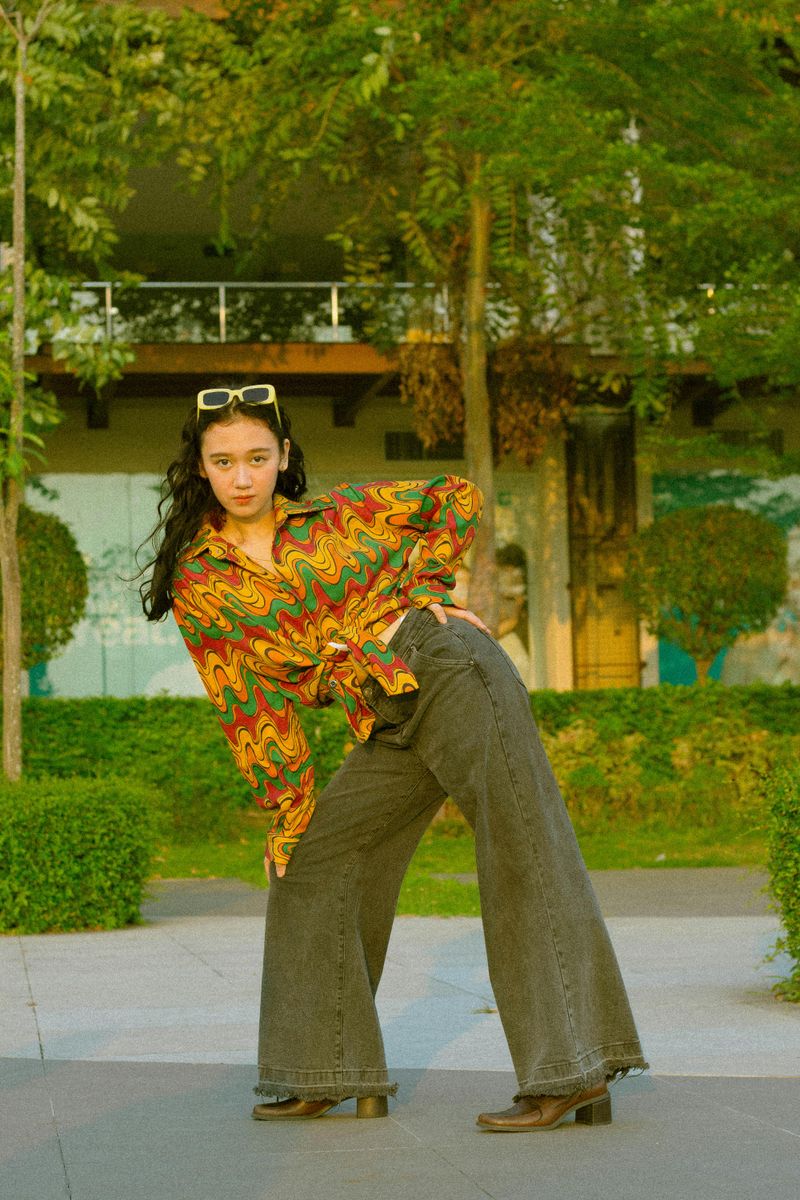
Fashion always circles back, but the ’60s styles making a comeback today have fascinating backstories most people never knew. From political protests to space exploration, these iconic looks weren’t just about looking good—they made statements about who people were and what they believed. Walk down any trendy street today and you’ll spot these vintage inspirations with deep roots in one of history’s most revolutionary decades.
1. Go-Go Boots Were Inspired by Space Travel
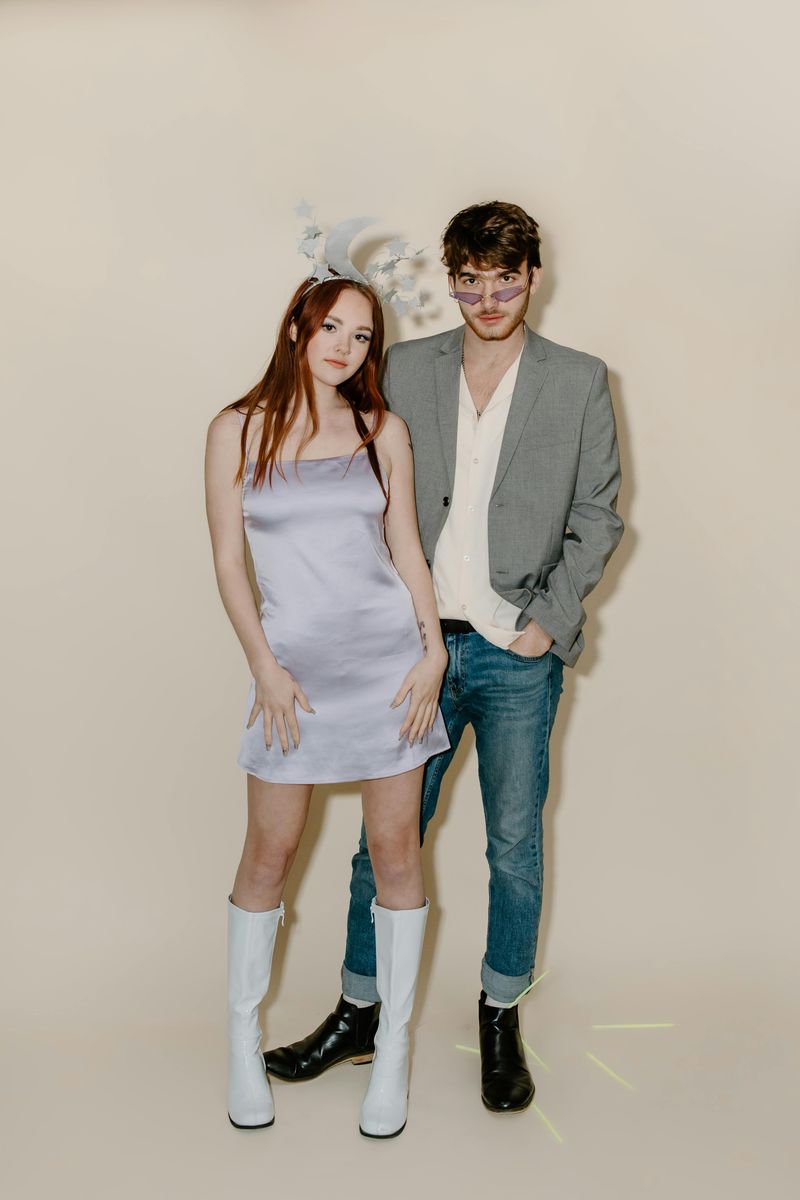
The sleek white boots that defined the ’60s go-go dancer look actually emerged from America’s obsession with space exploration. Designers like André Courrèges and Mary Quant created footwear that mirrored the clean, futuristic aesthetic of NASA’s equipment.
Women strutting in these knee-high statements weren’t just fashion-forward—they were embodying the era’s technological optimism. The name itself comes from the French expression “à go-go,” meaning abundance and energy.
Modern versions maintain that mod spirit but with updated materials and heel heights, proving our fascination with space-age style never truly faded.
2. Psychedelic Prints Were Actually Political Statements
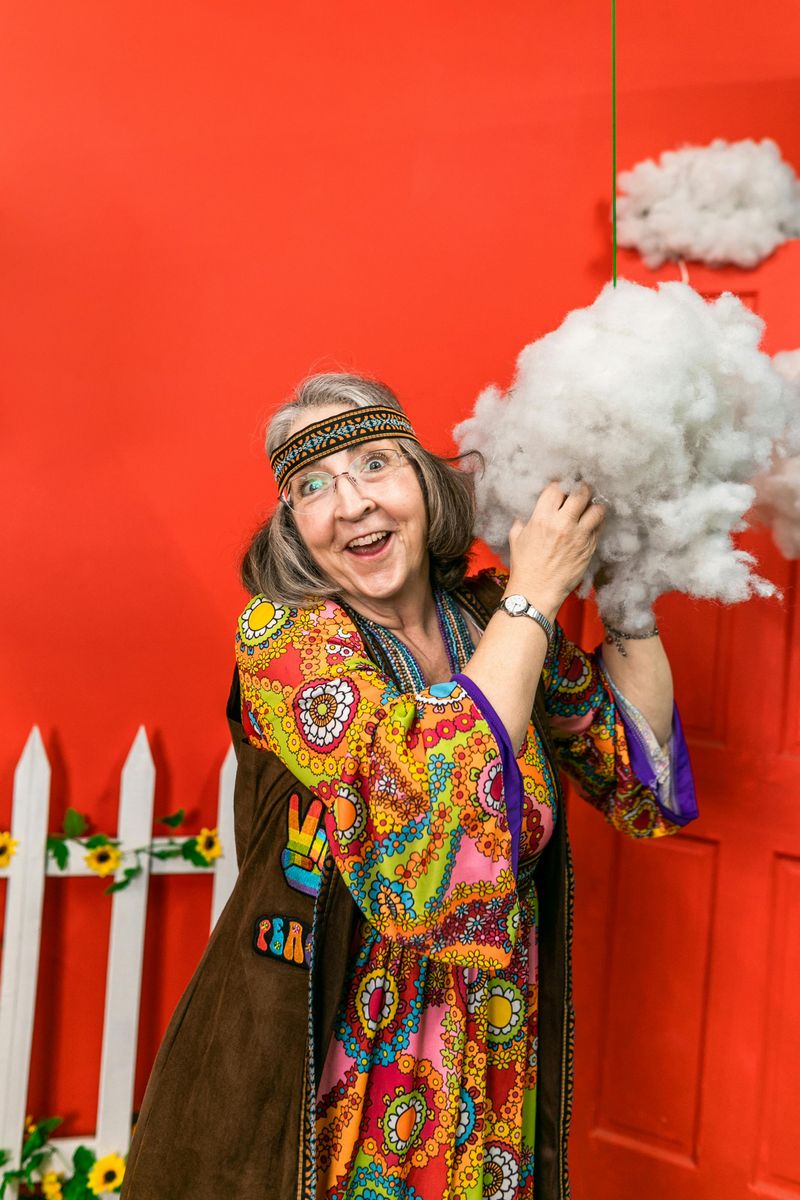
At first glance, psychedelic prints may seem like mere eye candy, but they carried deeper meaning. Swirling neon designs, inspired by hallucinogens and Eastern art, became synonymous with the anti-establishment movement.
Artists and designers used fashion to amplify voices during civil rights protests, anti-war marches, and counterculture festivals. Fabric became a canvas of rebellion, rejecting drab conformity in favor of visual chaos and freedom.
This was more than style—it was a uniform for nonconformity. Wearing psychedelic prints meant standing out and speaking up in a time when silence was seen as complicity.
3. The Pillbox Hat Only Stayed Popular Because of Jackie Kennedy
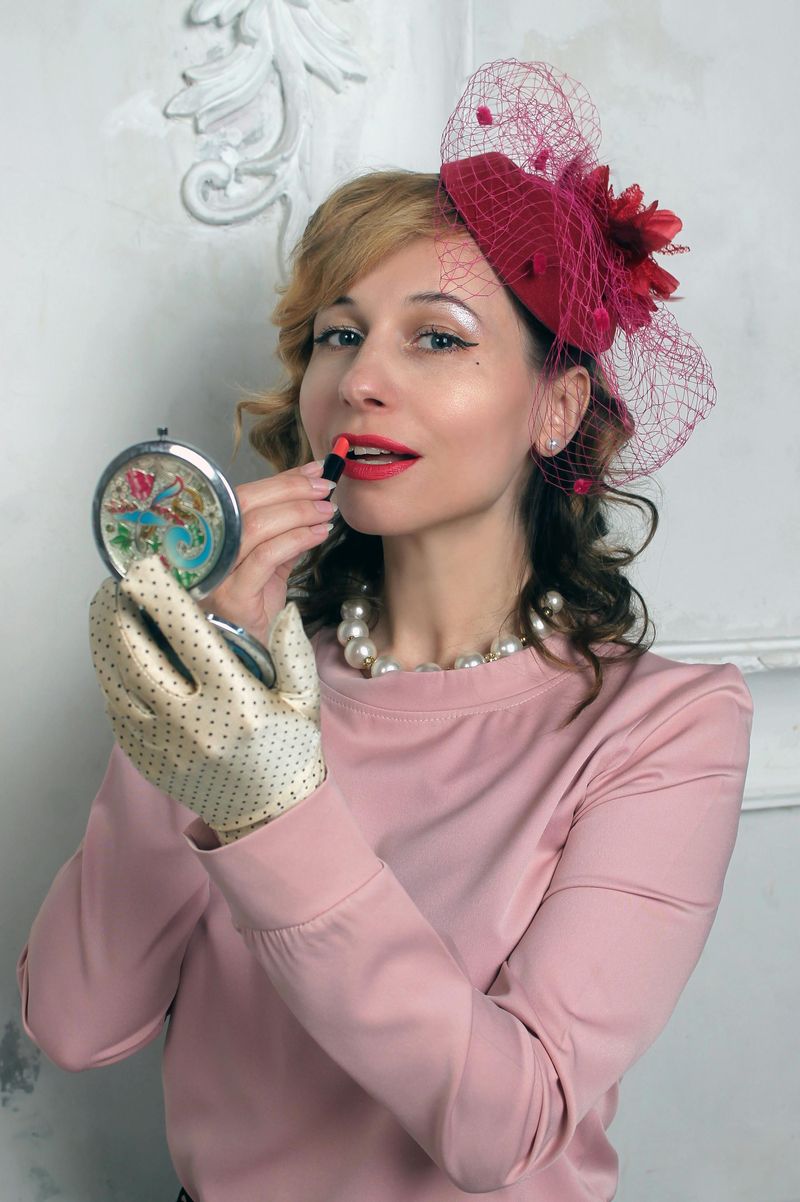
Few accessories became as iconic as the pillbox hat, thanks to First Lady Jacqueline Kennedy. Its neat, round shape echoed her signature elegance, and she wore it with quiet confidence during pivotal public moments.
While the hat itself wasn’t new, Jackie O’s endorsement transformed it into a fashion must-have. Women across America scrambled to emulate her polished look, and designers rushed to keep up with demand.
By the mid-’60s, the pillbox was practically synonymous with sophistication. Even after other trends faded, its association with one of the most stylish First Ladies kept it firmly in vogue.
4. Bell-Bottoms Started as Practical Sailor Wear
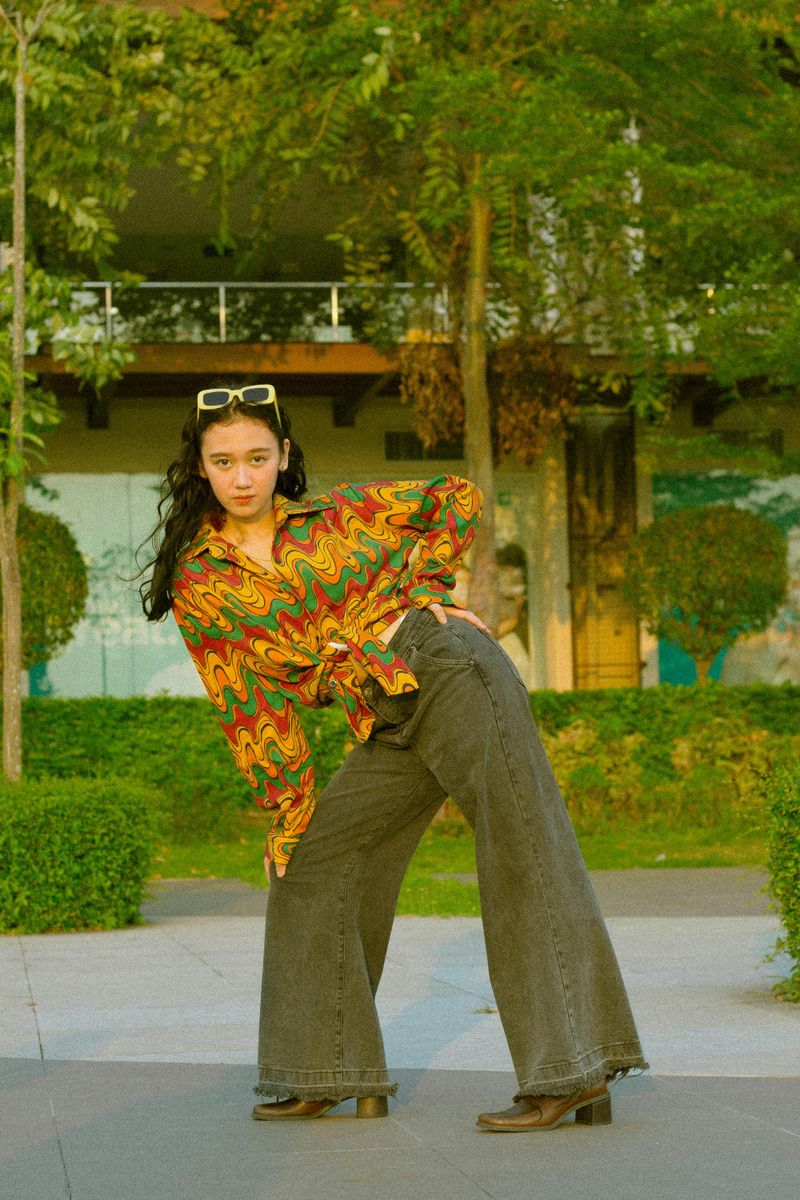
Long before hippies adopted them, sailors wore these flared pants for purely practical reasons. The wide bottoms could be quickly rolled up on wet decks without removing boots, and if someone fell overboard, they could be inflated as makeshift flotation devices!
Fashion designers spotted naval uniforms during port visits and reimagined them for civilian wardrobes. The counterculture embraced them because they represented working-class authenticity and looked dramatically different from straight-legged corporate attire.
Each bell-bottom revival tweaks the original—the ’90s version had less dramatic flares than the ’60s originals. Today’s comeback balances nostalgia with contemporary tailoring for a wearable nod to maritime history.
5. Miniskirts Sparked Actual Street Protests
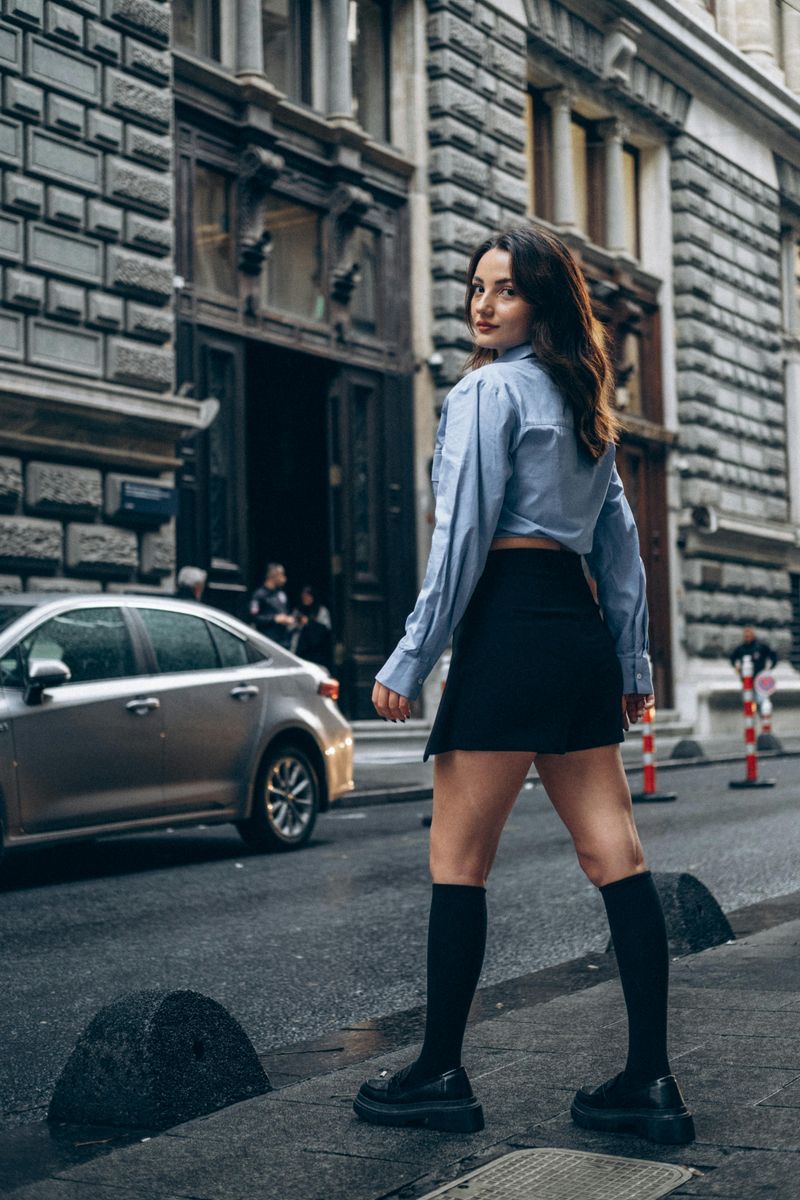
Though now considered a fashion staple, the miniskirt was scandalous when it debuted. British designer Mary Quant popularized it as a youthful, liberating garment that challenged ideas of propriety.
Many saw it as vulgar or inappropriate, sparking debates in media and even on the streets. Yet despite criticism, young women embraced the bold look as a symbol of autonomy and rebellion.
By the late ’60s, the miniskirt wasn’t just a trend—it was a statement. It reflected changing attitudes toward gender roles, body positivity, and the right to dress without judgment.
6. London’s Mod Scene Borrowed From French Couture
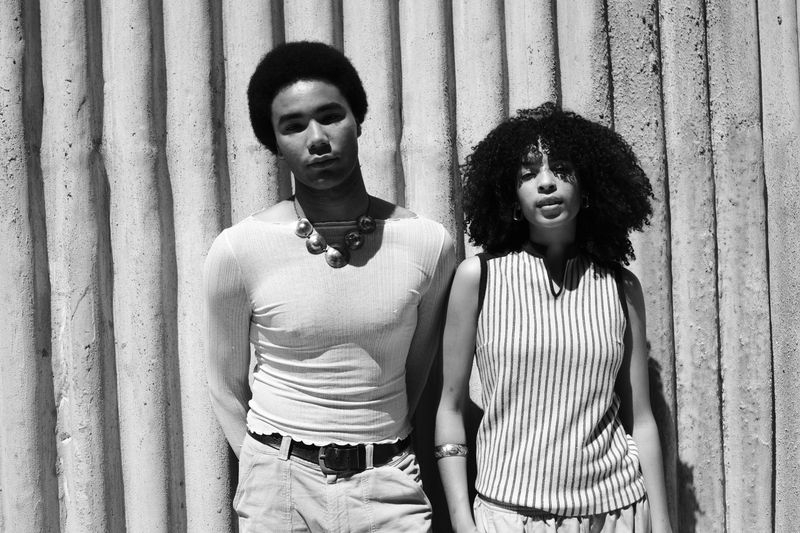
London’s iconic Mod style didn’t begin on British soil—it borrowed heavily from French haute couture. Designers like Courrèges and Cardin pioneered geometric cuts, bold colors, and minimalism that later swept the UK fashion scene.
British youth, eager to rebel against traditional norms, reinterpreted the elegant silhouettes into street-smart looks. What began in Paris salons quickly transformed into edgy pieces worn by teens riding Vespas and dancing in basement clubs.
Rather than original invention, Mod fashion was a remix. The subculture gave new life to Parisian ideas, making them sharper, shorter, and undeniably cooler on British streets.
7. Tie‑Dye Was a Cheap Hippie Hack
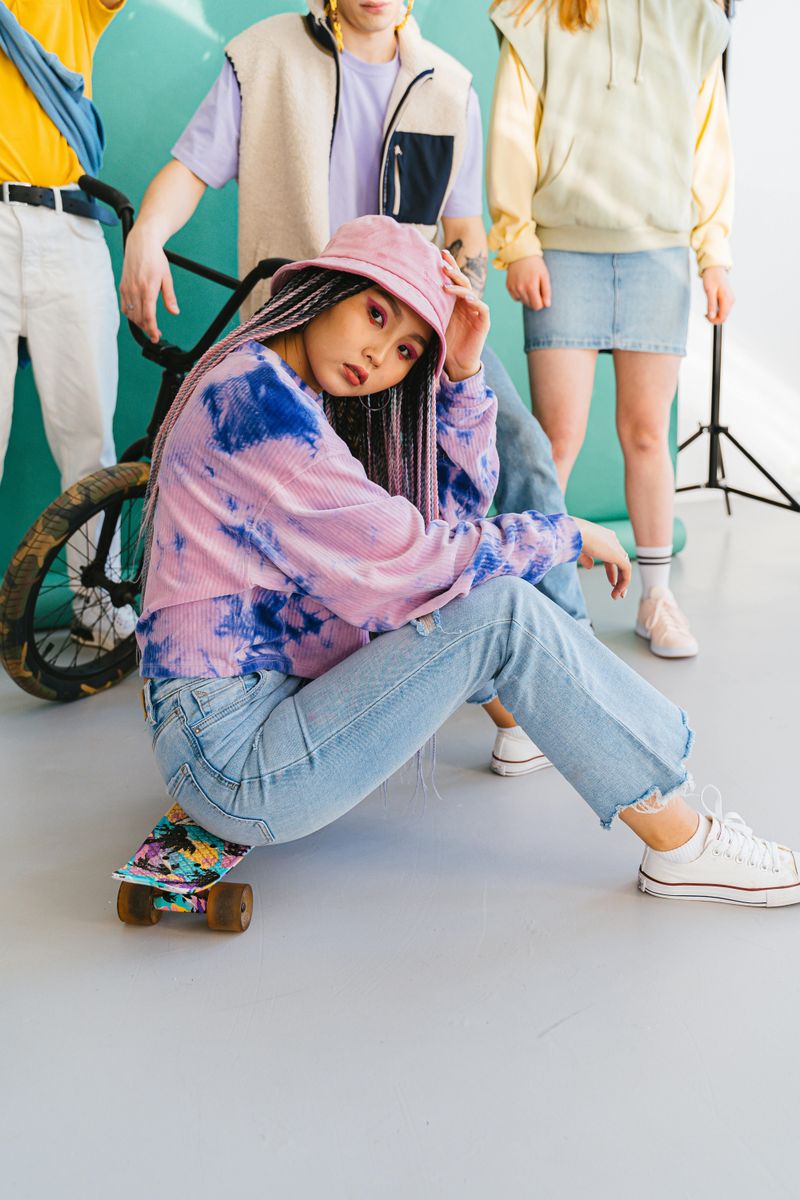
Tie-dye wasn’t launched by major designers—it started with kids twisting old tees and dunking them in buckets of dye. With just a few supplies, anyone could create vibrant, one-of-a-kind art on cloth.
This hands-on method aligned with the DIY spirit of the counterculture movement. It rejected mass production and embraced personal freedom, making tie-dye more than colorful—it was a rebellion against corporate fashion.
As it spread from festivals to sidewalks, tie-dye became the unofficial uniform of peace, protest, and playfulness. Cheap, easy, and loud, it made a statement without saying a word.
8. Courrèges’ Space‑Age Looks Were Unwearable

André Courrèges pushed fashion into the future—but not into everyday closets. His metallic skirts, PVC coats, and structured helmets dazzled on runways but didn’t translate well to sidewalks.
Inspired by astronauts and sci-fi, these designs were bold statements more than practical outfits. They often felt stiff, uncomfortable, or downright bizarre to wear in real life.
Still, Courrèges’ vision left a mark. His bold use of materials and minimal silhouettes opened the door for fashion experimentation, even if most buyers left the moon boots in the showroom.
9. Headbands Solved Practical Problems
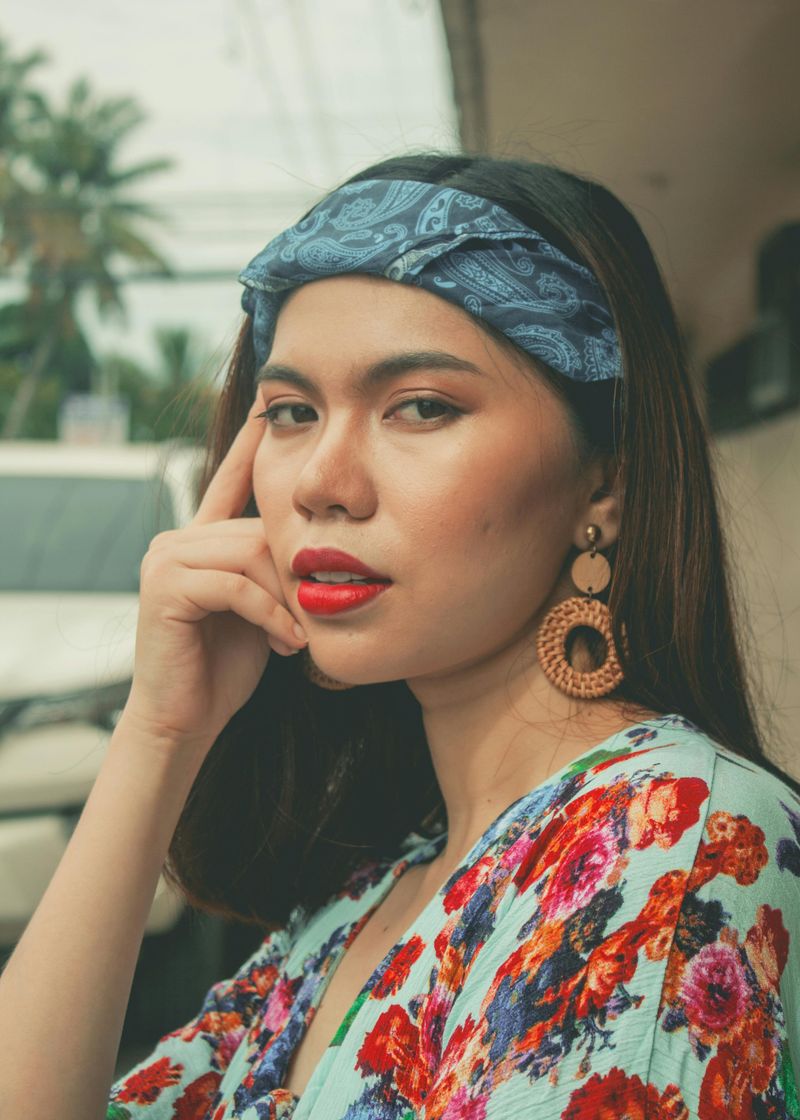
In the age of flower crowns and peace signs, the humble headband served a real purpose. Long hair was in, but keeping it out of your eyes during marches, dancing, or yoga wasn’t easy.
Instead of fancy clips or costly salon visits, many opted for headbands to tame their tresses. They were cheap, easy to make, and doubled as a casual fashion statement.
Over time, headbands became synonymous with the era’s laid-back, bohemian aesthetic. They may have started as a fix for flyaways—but they ended up a defining accessory of the decade.
10. PVC and Vinyl Were Considered “Poor Man’s Leather”
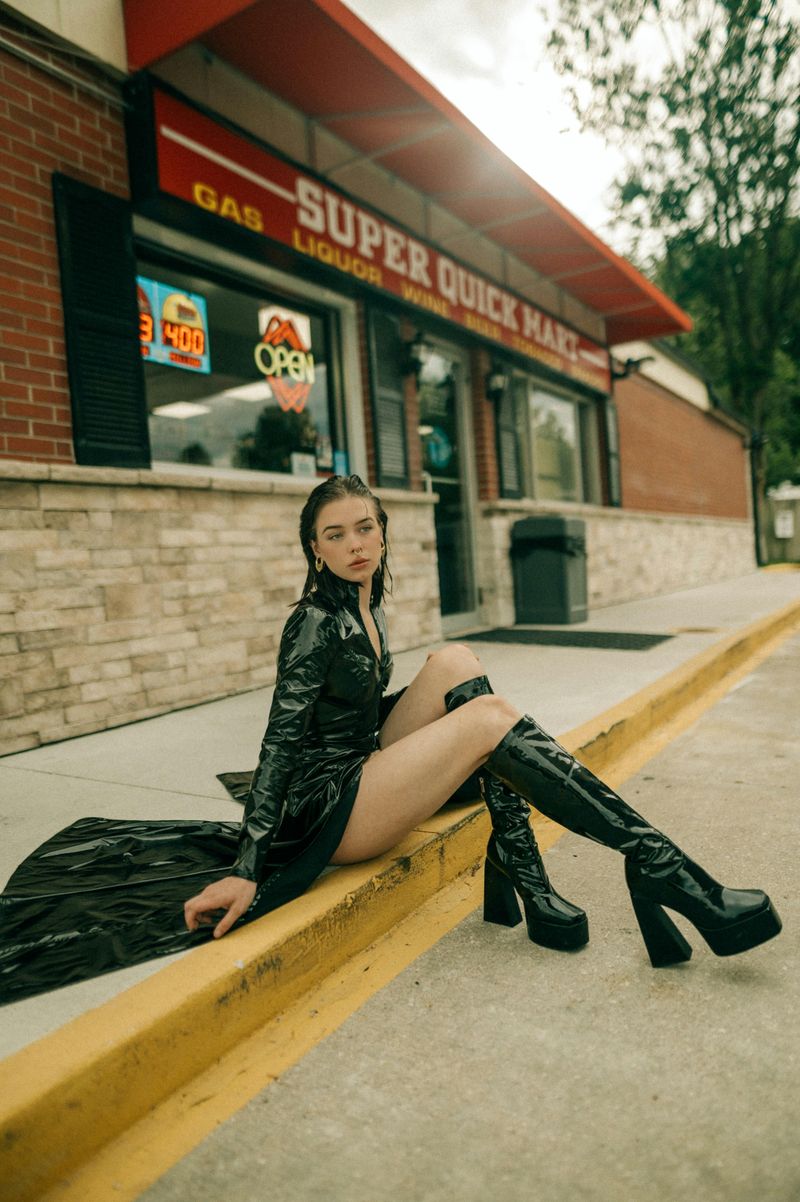
When real leather was out of reach, synthetic alternatives stepped in. PVC and vinyl offered a glossy, modern look at a fraction of the cost, though they didn’t feel quite as luxurious.
Despite their affordability, these materials became staples in youth fashion—especially among trendsetters looking to break away from traditional styles. They allowed bold shapes, vibrant colors, and futuristic textures.
However, wearability was a challenge. Vinyl was hot, stiff, and sometimes squeaky. Still, it fit perfectly with the decade’s fascination with space-age fashion and the rise of anti-luxury sentiment.
11. The Bouffant Hairstyle Was Full of Teasing & Hairspray
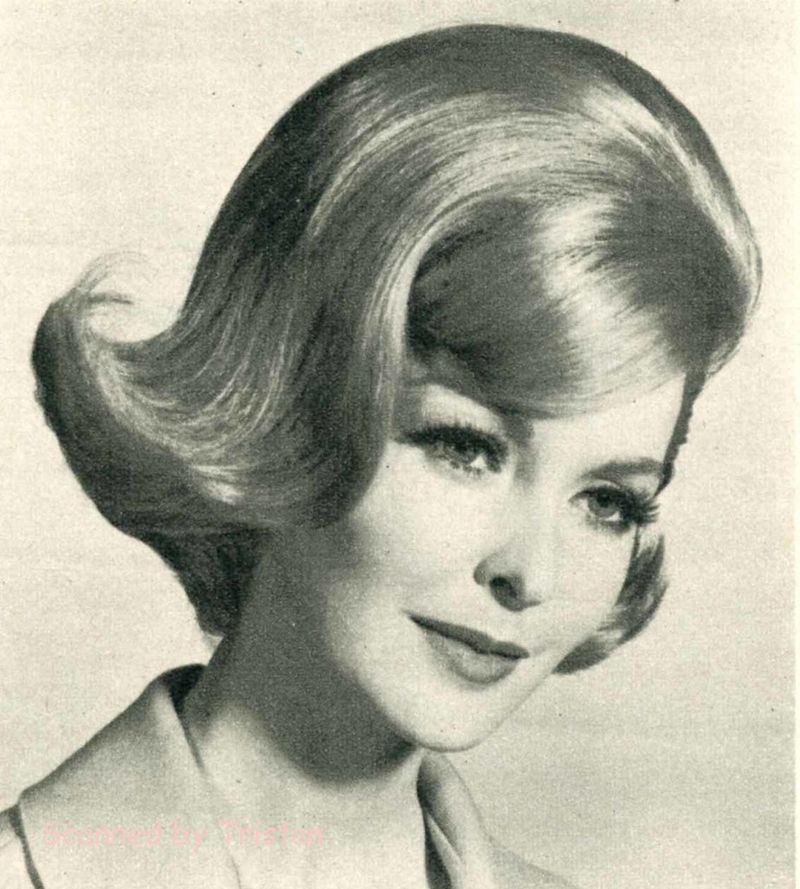
The bouffant wasn’t built in a day—or without damage. Women teased their hair mercilessly, adding layer upon layer of backcombing to create towering volume.
Once shaped, it took a cloud of industrial-strength hairspray to lock everything into place. The style looked glamorous, but maintaining it required daily upkeep and plenty of discomfort.
Despite the effort, it became a defining look of the era. From debutantes to housewives, the bouffant was a badge of femininity—dramatic, high-maintenance, and impossible to ignore in any room.
12. Men’s Peacock Revolution

The drab suits and buttoned-up looks of the 1950s were no match for the flamboyant wave that followed. Enter the Peacock Revolution—a bold, expressive chapter in men’s fashion.
Men embraced color, pattern, and texture with velvet jackets, floral shirts, and loud neckties. Designers encouraged this break from conservative menswear by offering styles never seen in department stores.
This was about more than fashion—it was liberation. Shedding their gray flannel past, men used clothing to make personal, political, and artistic statements in a society rapidly redefining gender roles.
13. False Eyelashes Were Originally Glued On with Actual Glue

Lash drama hit its peak in the 1960s, when wide-eyed beauty ruled the scene. To achieve the look, women applied full strips of lashes with glue—often the same type used for craft projects.
The lashes themselves varied in material, from synthetic fibers to human hair and even fine feathers. Application could be tricky, and irritation wasn’t uncommon.
Still, the effect was irresistible. Inspired by stars like Twiggy, false lashes created a signature mod look that turned eyes into the decade’s most important beauty feature.
14. Turtlenecks Were Worn to Hide “Unladylike” Necklines

Turtlenecks weren’t just a winter staple—they offered modesty in a decade obsessed with liberation. High collars helped women conceal cleavage while maintaining a sleek, intellectual style.
Often paired with miniskirts or blazers, turtlenecks provided contrast to bolder pieces. They were favored by feminists, artists, and academics for their practical comfort and understated cool.
In an era of shifting social norms, the turtleneck let women balance modernity with tradition. Quietly powerful, it suggested both modesty and independence with every fold.
15. The Shift Dress Was Designed for Women Who Hated Corsets
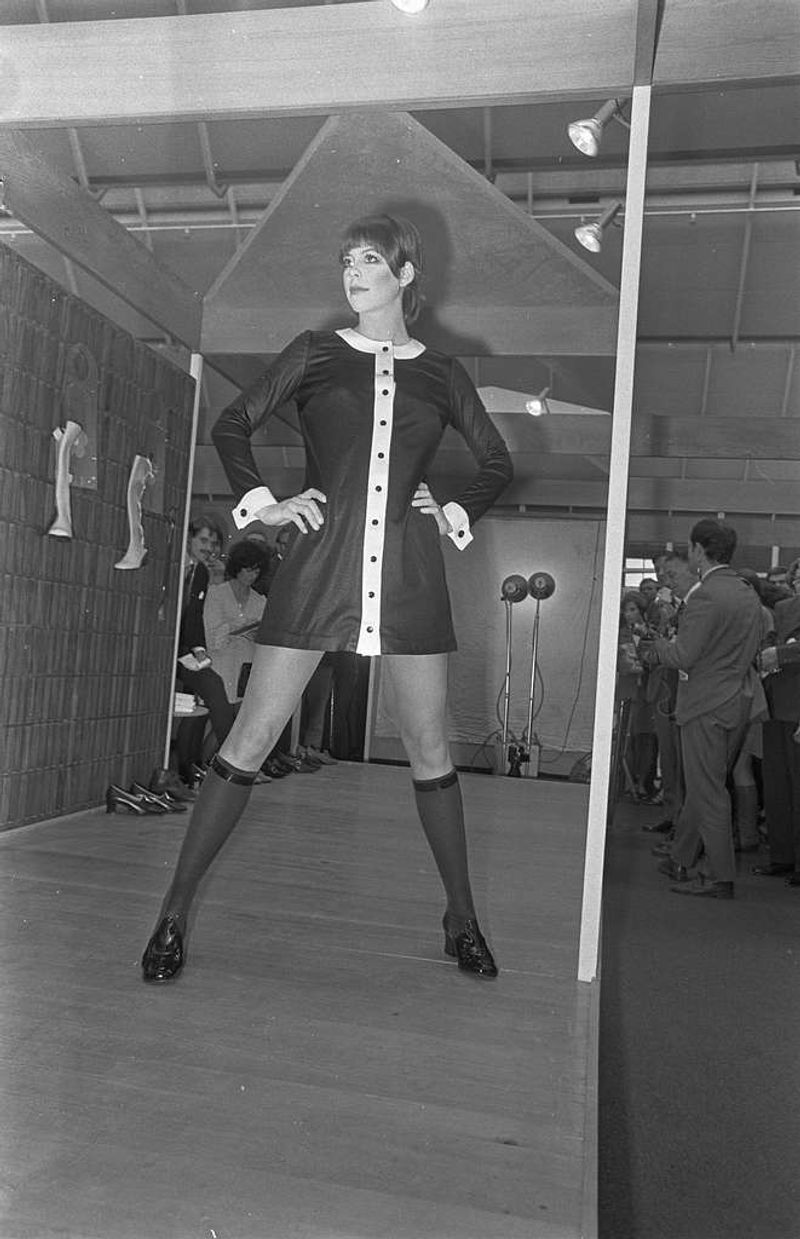
Freedom never looked so good. The shift dress broke away from the hourglass silhouettes that had dominated women’s wardrobes for decades.
Loose, sleeveless, and unfitted, it allowed full range of movement while still appearing polished. Women no longer had to squeeze into boning or waist cinchers to feel stylish.
This liberating shape came to define the modern 1960s woman—confident, mobile, and ready for change. Whether in solid hues or bold prints, the shift was both a fashion revolution and a comfort upgrade.
16. Silver Metallic Finishes Originated from Op‑Art and Mondrian Inspirations
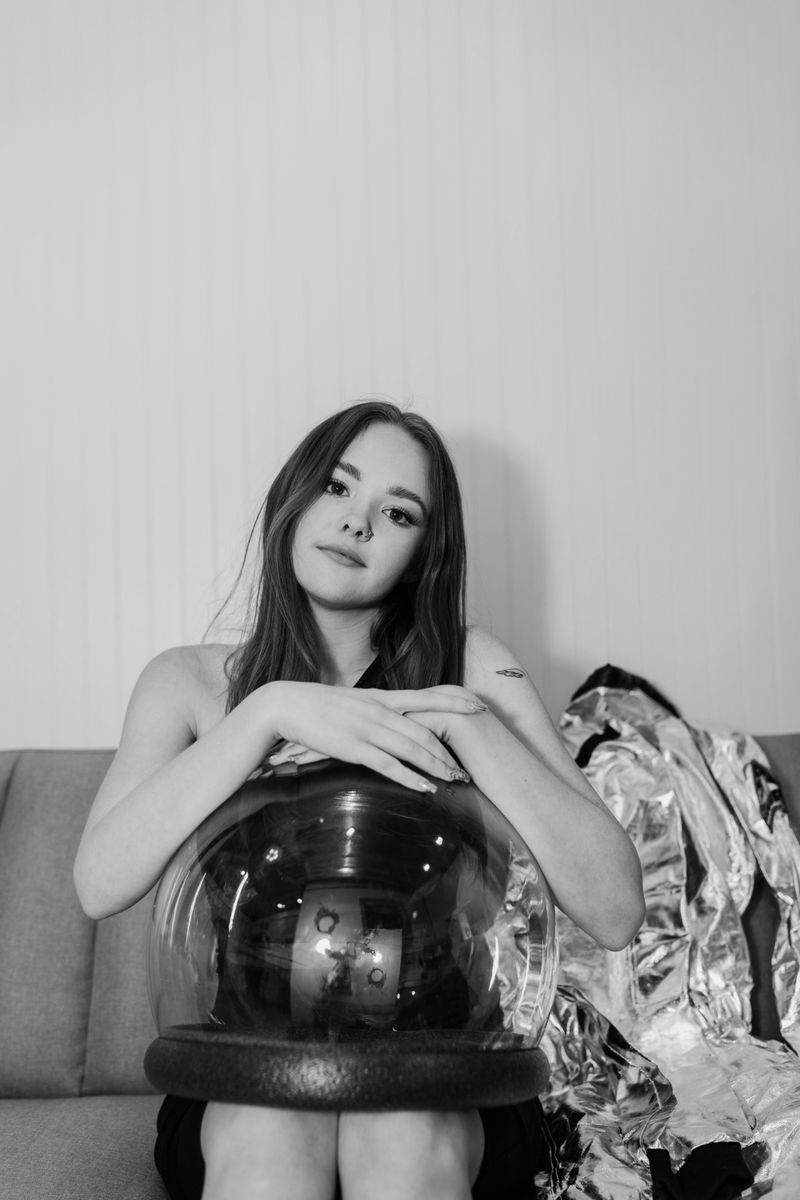
Designers in the ’60s didn’t invent metallic fashion in a vacuum—it was a direct result of modern art influences. Movements like Op Art and the geometric works of Piet Mondrian inspired futuristic, reflective clothing.
Silver, chrome, and high-gloss textures weren’t just trendy—they symbolized innovation, progress, and the thrill of the space age. These finishes paired beautifully with minimalist cuts and structured silhouettes.
The materials were bold, but the message was louder: fashion was no longer just fabric, it was a medium for expressing a generation’s fascination with science, art, and the unknown future.
17. Nehru Jackets Became a Universal Symbol of Eastern Influence

Global awareness was growing fast in the 1960s, and so was the influence of Eastern fashion. The Nehru jacket, with its band collar and sleek silhouette, originated in India and caught the West’s attention.
Popularized by celebrities like The Beatles, it represented cultural exchange and an interest in spiritual exploration. Both men and women adopted the jacket as a fashion-forward alternative to structured Western wear.
What began as diplomatic dress turned into a statement of open-mindedness. In the midst of a style revolution, the Nehru jacket reminded wearers that fashion could also bridge worlds.

Comments
Loading…